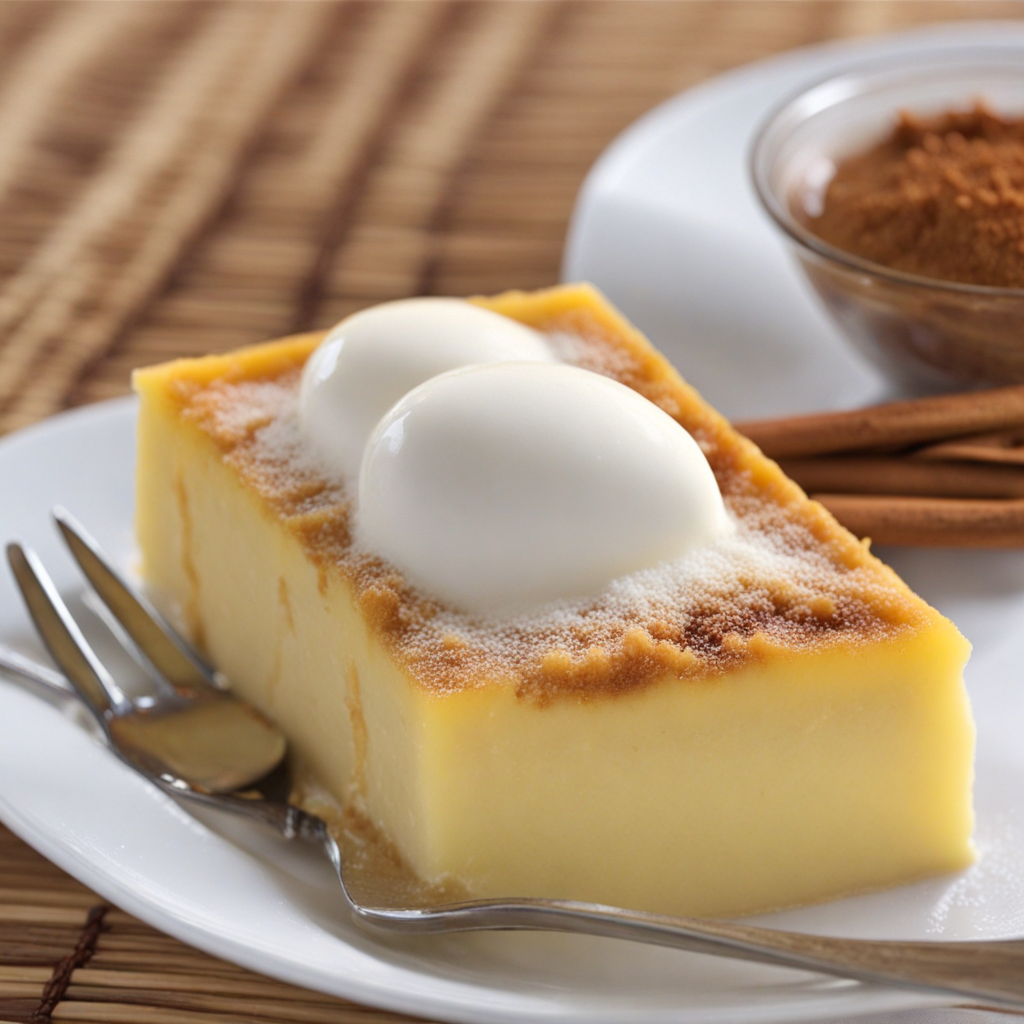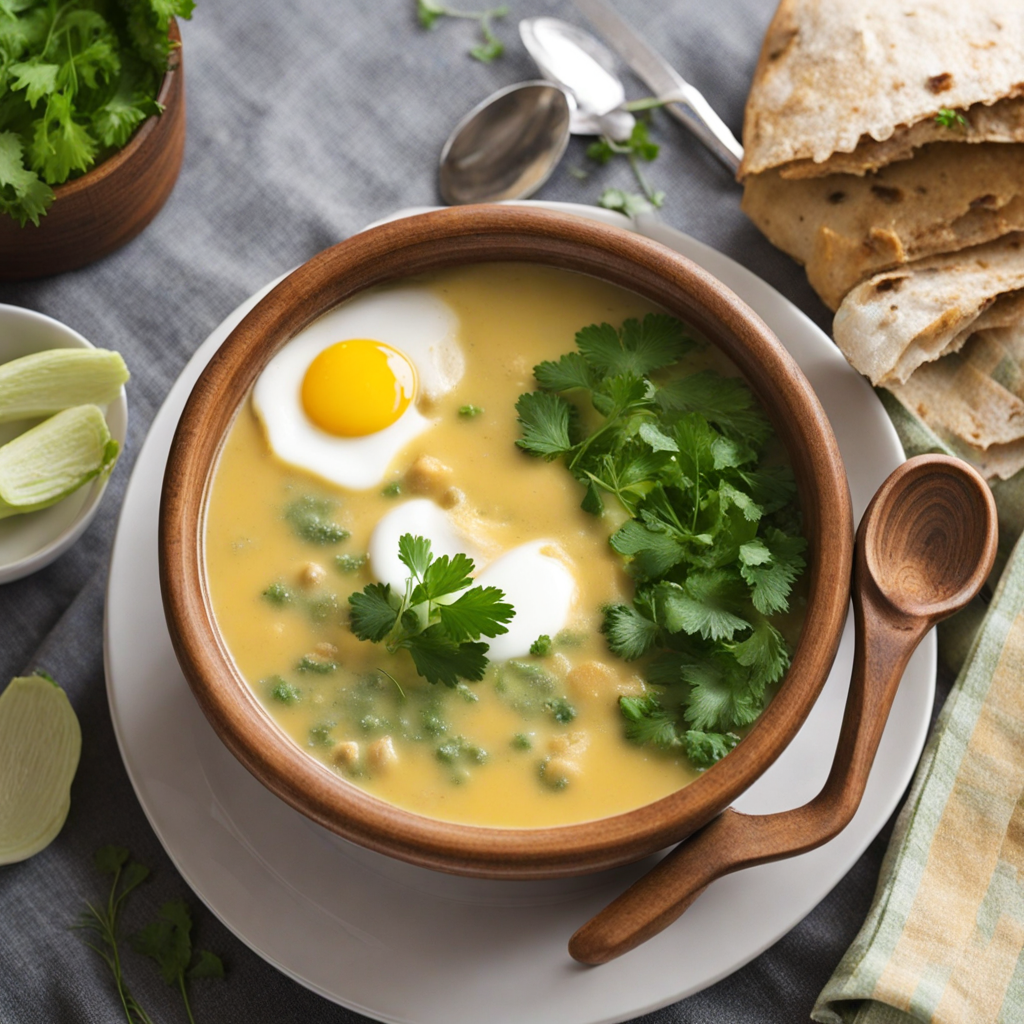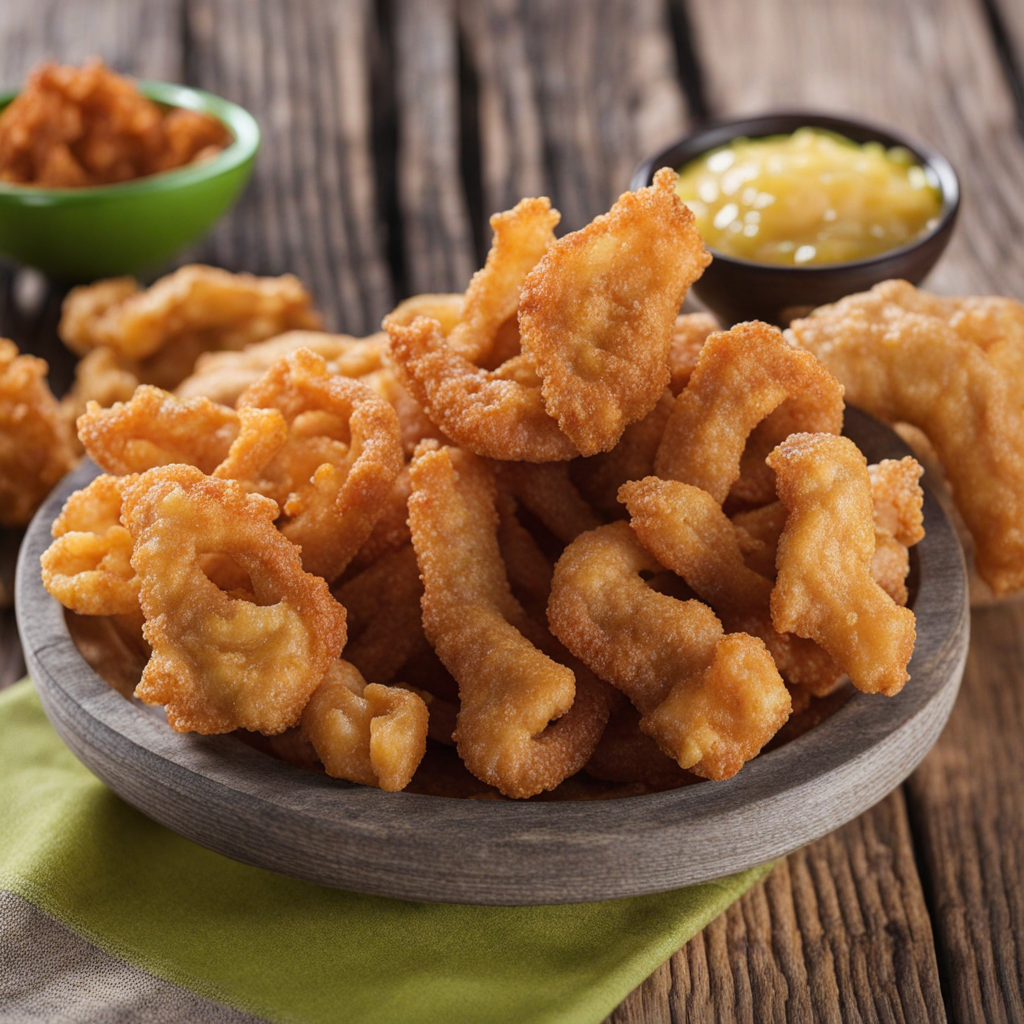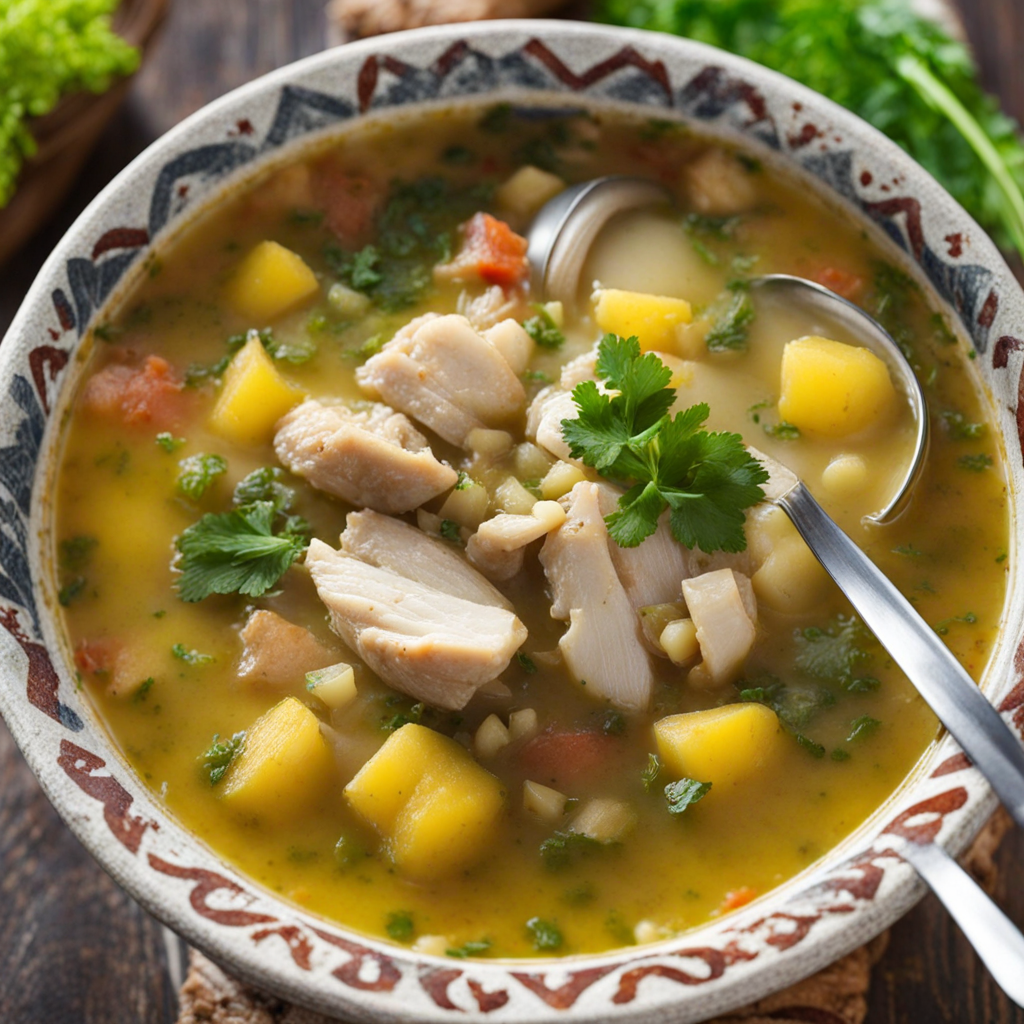Pandebono
Pandebono is a delightful Colombian cheese bread that captures the essence of traditional Colombian flavors. This gluten-free treat is primarily made from a blend of cassava flour (yuca) and fresh cheese, resulting in a soft, chewy texture that is both comforting and satisfying. The dough is often enriched with eggs, which adds a rich flavor and helps achieve a golden crust when baked. Its unique combination of ingredients not only makes it a popular snack but also a versatile accompaniment to various dishes, pairing beautifully with coffee or enjoyed on its own. What sets pandebono apart is its rich, cheesy flavor that comes from using a variety of fresh cheeses, such as queso blanco or farmer's cheese. The warm, aromatic scent that wafts from the oven while they bake is irresistible, inviting you to enjoy them fresh and hot. The bread has a slightly crispy exterior that gives way to a tender, fluffy interior, making every bite a delightful experience. Many Colombians enjoy them for breakfast or as an afternoon snack, often served with a hot beverage for a comforting treat. In addition to its traditional preparation, pandebono can be found in various regional adaptations across Colombia. Some variations incorporate different types of cheese or additional flavorings, such as herbs and spices, to create unique takes on this classic dish. This adaptability makes pandebono a beloved staple at family gatherings and celebrations, where it's often shared among friends and loved ones, creating a sense of community and warmth around the table. Each bite of pandebono is a taste of Colombian culture, rich in history and flavor, inviting anyone to discover and enjoy its delightful simplicity.
How It Became This Dish
Pandebono: A Delicious Slice of Colombian Heritage Introduction Pandebono is a beloved Colombian snack that has captured the hearts and taste buds of many. This delightful bread, known for its chewy texture and cheesy flavor, is a staple in Colombian bakeries and homes alike. As we delve into its history, we uncover the rich tapestry of culture, tradition, and culinary evolution that has shaped this iconic treat. Origins: The Roots of Pandebono The origins of pandebono can be traced back to the indigenous peoples of Colombia, particularly the Zenú and the Wayuu, who inhabited regions like Sucre and La Guajira. The word "pan" means bread in Spanish, and "bueno" translates to good, reflecting the bread’s positive connotation in Colombian culture. The use of cassava flour or yuca, a staple of indigenous diets, hints at the ancient roots of pandebono. The original form of the bread was likely a simple flatbread made from cassava, which was ground and mixed with water to create a dough. As European colonizers arrived in the 16th century, they brought with them new ingredients and baking techniques, which would further influence the development of pandebono. The introduction of wheat flour, cheese, and animal husbandry practices transformed the indigenous flatbread into a more complex recipe, resulting in the tender, cheesy bread we know today. Cultural Significance: A Taste of Community Pandebono is more than just food; it represents the cultural identity and communal spirit of Colombia. Traditionally, it is enjoyed during breakfast or as a snack, often served warm and paired with a hot beverage like chocolate or coffee. Its popularity has made it a common sight at Colombian gatherings, from family breakfasts to festive celebrations. In rural areas, pandebono is often made at home, passed down through generations as a cherished family recipe. The act of preparing pandebono is a communal affair, where family members come together to knead the dough and shape the bread. This process not only strengthens family ties but also preserves the culinary heritage of the community. The bread’s unique flavor profile, characterized by the use of fresh cheese (often cuajada or queso blanco) and the slight sweetness from the sugar, offers a taste that is unmistakably Colombian. Each region has its own variations, influenced by local ingredients and traditions. For instance, in some areas, anise or other spices may be added, reflecting the diverse culinary landscape of the country. Development Over Time: Modern Adaptations As Colombia underwent significant social and political changes throughout the 19th and 20th centuries, so too did pandebono. The industrialization of the country brought about urbanization, leading to changes in dietary habits. In urban centers, pandebono became more widely available in bakeries and street vendors, making it accessible to a larger population. The traditional recipe has also evolved. While the classic pandebono remains a favorite, modern versions have emerged, incorporating different types of cheese, herbs, and even gluten-free flours to cater to contemporary dietary preferences. These adaptations have allowed pandebono to maintain its relevance in a rapidly changing culinary landscape. The globalization of food culture has further introduced pandebono to international audiences. In recent years, Colombian expatriates have opened restaurants and bakeries around the world, showcasing this delightful bread as part of their culinary offerings. The growing interest in Colombian cuisine, bolstered by the popularity of dishes like arepas and bandeja paisa, has helped elevate pandebono’s status beyond the borders of Colombia. Regional Variations: A Taste of Diversity While pandebono is enjoyed throughout Colombia, distinct regional variations have emerged, each with its own unique twist. In the coastal regions, particularly in the Caribbean, pandebono may be made with a higher proportion of cassava flour, resulting in a lighter texture. In contrast, the Andean regions often favor a denser bread, incorporating more cheese and sometimes even incorporating local herbs. In some areas, you might find pandebono filled with guava paste or other sweet fillings, turning an everyday snack into a delightful dessert. These variations not only highlight the adaptability of pandebono but also reflect the rich agricultural diversity of Colombia, where an abundance of local ingredients influences culinary practices. Pandebono in Contemporary Culture The resurgence of interest in traditional Colombian foods has led to a renewed appreciation for pandebono. Social media platforms have played a significant role in this revival, with food bloggers and influencers sharing recipes and enticing pictures of the bread, further popularizing it among younger generations. Furthermore, the culinary scene in Colombia has experienced a renaissance, with chefs experimenting with traditional ingredients and recipes to create innovative dishes. Pandebono has found its place in gourmet restaurants, where chefs elevate it with modern presentations or pair it with international flavors, showcasing the versatility and enduring appeal of this classic bread. Conclusion: A Timeless Staple Pandebono is more than just a food item; it is a symbol of Colombian identity, cultural heritage, and community spirit. Its evolution from indigenous flatbread to a modern culinary staple reflects the rich history of Colombia itself—a history marked by the blending of indigenous, African, and European influences. As pandebono continues to adapt and thrive in contemporary culinary contexts, it serves as a delicious reminder of the resilience of cultural traditions in the face of change. Whether enjoyed at home, in a bustling bakery, or at a festive gathering, pandebono is a testament to the enduring nature of Colombian gastronomy, inviting all to savor a piece of history with each delightful bite.
You may like
Discover local flavors from Colombia







